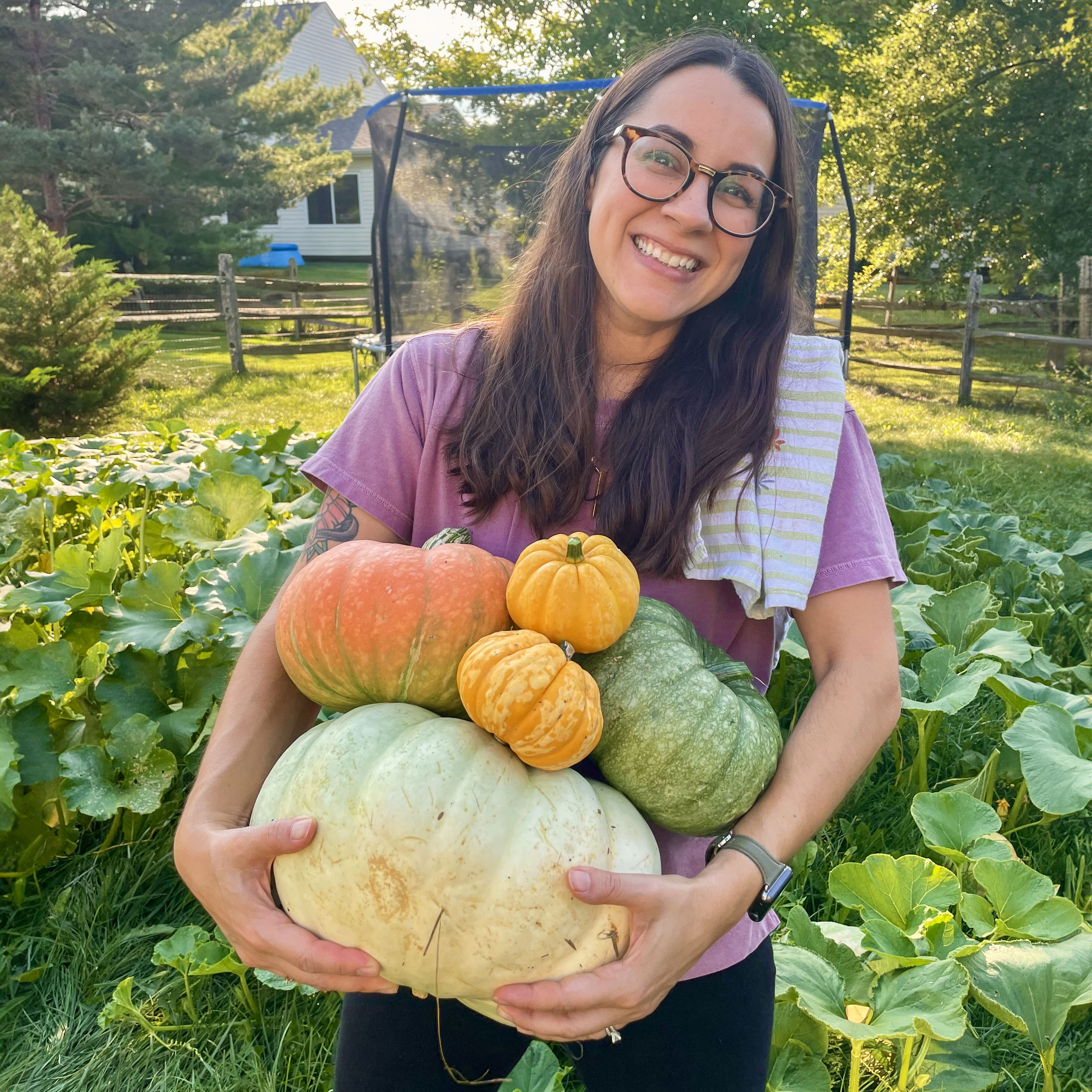Blog
- 2024
- July
- May
- February
- January
- 2023
- December
- November
- October
- September
- August
- July
- June
- May
- April
- March
- February
- January
- 2022
- December
- November
- October
- September
- August
- July
- June
- May
- April
- March
- February
- January
- 2021
- December
- November
- October
- September
- August
- July
- May
- April
- March
- February
- 2020
- August
- May
- April
- March
- 2018
- October
- 2017
- July
- May
- March
- January
- 2016
- November
- October
- September
- August
- 2015
- August
- Ages 2-5 (2)
- Ages 5-12 (2)
- Amphibians (1)
- arachnids (1)
- art (1)
- art in nature (1)
- artists (1)
- artswave (1)
- At Home Activities for Kids (4)
- At Home with Nature (17)
- Backyard Compost (1)
- Backyard Habitat (7)
- Bee (1)
- Bioblitz (1)
- Brood X (1)
- Brush Piles (2)
- Burn Boss (1)
- cellar spider (1)
- Child Directed Play (5)
- Children's Saturday Programs (1)
- Cicadas (1)
- CincyNature Camp (2)
- Citizen Science (1)
- community science (1)
- composting (1)
- conservation (23)
- daddy long legs (1)
- Earth Day (2)
- Eastern Bluebirds (1)
- Eco-friendly habitats (6)
- Eco-Friendly Habits (2)
- Education (1)
- entomology (2)
- Farm (1)
- Finding home (1)
- fireflies (1)
- firefly watch (1)
- Fitness (1)
- Foraging (1)
- Gardening (12)
- Great Blue Herons (1)
- Great pinecone (1)
- Growing Up in Nature (3)
- harvestman (1)
- Hiking (1)
- Home School Activity (4)
- Insect (1)
- Invasive Species (4)
- Jogging (1)
- Kids (8)
- Kids Activities (8)
- Knowing Nature In Your Yard (12)
- Landscaping (11)
- Long Branch Farm & Trails (4)
- milkweed (2)
- monarch butterfly (1)
- National Gardening Day (1)
- Native Plants (15)
- Nature (28)
- Nature for All (1)
- Nature Learning (17)
- Non-native plants (4)
- Non-native species (4)
- Ornithology (3)
- Outdoor Play (7)
- partnership (1)
- Periodical Cicadas (1)
- Phenology (2)
- Plant Identification (7)
- Play (6)
- PlayScape (4)
- Prescribed Burns (1)
- Recycling (1)
- Rookery (1)
- Running (1)
- Salamander (1)
- Soil (4)
- spiders (1)
- Summer (1)
- The Ripple (1)
- Trail Etiquette (1)
- Trail Rules (1)
- Trail running (1)
- Trails (3)
- Vernal ponds (2)
- Vernal Pools (1)
- Wasp (1)
- Welcoming Nature In Your Yard (8)
- Wildlife (2)
- Winter (1)
- Women in Conservation (1)
- Women Who Lead (1)
- Women's History Month (1)
- Yard Care (12)
- Yellow Iris (1)
- Yellowjacket (1)
- Zero Waste (2)
Accidental Pumpkin Farmers

By Environmental Interpretation Intern Rhea Curlee for the September 20, 2023 issue of Now in Nature.
“Let’s see what happens!” I said to my husband, as descendants of last year’s heirloom pumpkin sprouted in the compost bin. I’m fortunate Mr. Curlee entertains my inquisitive nature. Little did we know we’d be able to supply the residents of my cul-de-sac with pumpkins to usher in the fall season.
It wasn’t long before I noticed an unfamiliar creature sleeping encapsulated in the previous day's blossoms. As a naturalist, I needed to know who these effective specialists in pollination were. It turns out, squash bees (Peponapis pruinosa) utilize pumpkins and other squash species exclusively to provide nourishment for one generation of bees per year.
I shuffle out in my bathrobe and slippers before the sun rises to catch a glimpse. Their large eyes allow them to work while it’s still dark before other pollinators get going. Our resistance to mowing has allowed the squash bees to thrive. Females build nests in the undisturbed and uncultivated soil near the waist high, yards wide patch. Hurried and hard to observe, she moves from flower to flower collecting pollen for nest provisions. If a male squash bee is fortunate, he’ll have a fleeting romance with her between flowers. Before noon, their work is done. He rests in wilted blossoms as she returns to her ground nest until dawn. With each new bud and fruit, this backyard patch is providing for a healthy brooch of bee babies, a generation I hope to see next season.
My accidental harvest has revealed that working with nature has brought brief delight for a generation of bees and neighbors. We are reaping the benefits of free autumnal ingredients and décor while the squash bee had another successful lifecycle.